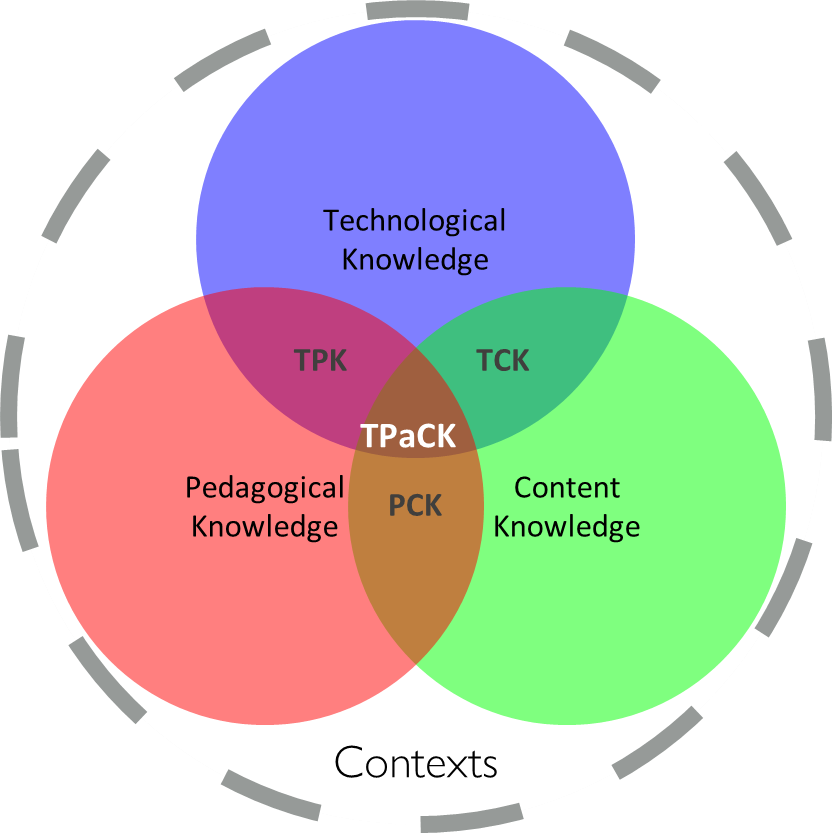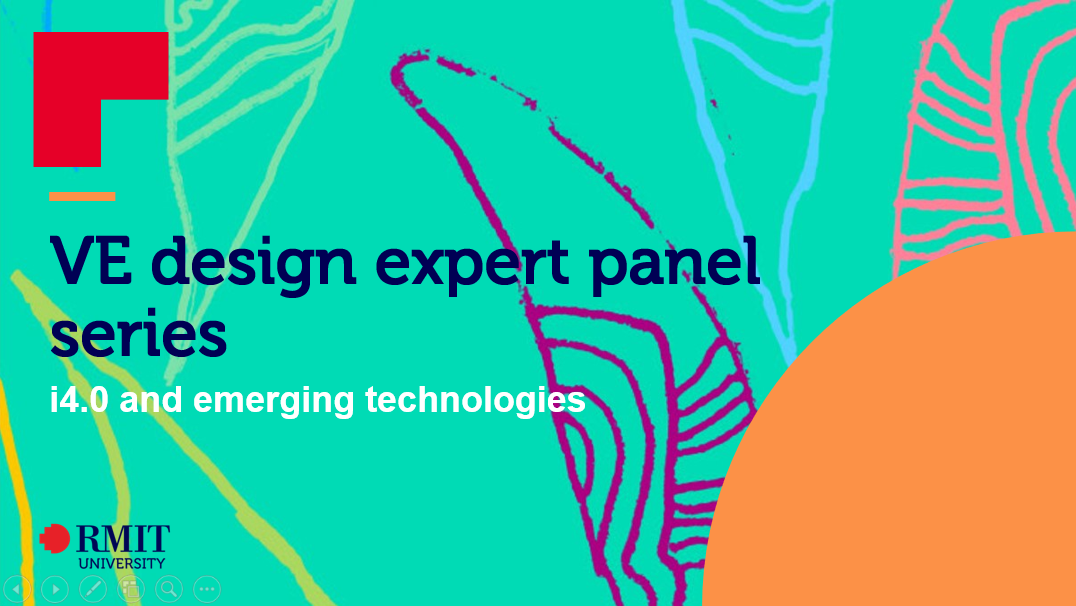Our ongoing expert panel series continued this month where we posed the question “How will i4.0 and emerging technologies impact VET, industry and skills?”.
We assembled a panel of experts consisting of Ray Nashar, Linda Corrin and Shivneel Prasad to share their thoughts.
But first, let’s bring everyone up to speed by looking at what i4.0 is and its predecessors:
Industry 1.0 – Steam power and the manufacturing industry
Industry 2.0 – Mass production through the assembly line
Industry 3.0 – Computers and the internet
Industry 4.0 – Automation and data exchange.
Our first speaker was Ray, a consultant, advisor and professional learning provider, currently at Antonine College. He sees the main part of his role building teacher capacity and changing teacher perception of technology. For example, when working with schools who are implementing a new technology such as iPads, it is common for him to have to overcome objections from teachers who see technology as distracting and disruptive, rather than a modern tool for education.
“Nobody likes being changed.”
Ray showed us an informative video (below) on the current education system which has not changed much since it began hundreds of years ago, despite massive advancements in technologies and industry.
Each major leap in technology appears in a shorter time frame to the point where we will see 20,000 years of progress in the next 100 years.
So, education will have to embrace technology in the same way as industry has so it can remain current and relevant.
Ray presented Technological Pedagogical Content Knowledge (TPACK) as a new framework for the integration of technology in education and how we can structure the learning environment to produce optimum results for students.

Ray defined the Venn diagram as follows:
CK = What I’m teaching
PK = The art and science of teaching
PCK = The art of teaching specific content (Lee Schulman); Educators as designers
TK = How well I know tech (Mishra + Kohler)
TPK = How I enhance the art and science of teaching using the tech I know
TCK = How tech connects to & represents content, e.g. 3D brain app vs 2D textbook image
TPCK = Dynamic interplay of areas of knowledge that impact the learning experience I design
Our next speaker was Linda Corrin from Swinburne University of Technology. She identified the collection, interpretation and use of data for key education development in an i4.0 world. Using data to ask the question – how can we best intervene with our students? Analytics can be used to personalise student learning and send them on different pathways. She illustrated this with an example from her work in a medical school. The students were studying in a hospital area which had a high proportion of retirees; this meant the students were exposed to few patients who were pregnant. Once this had been determined from the data, the school was able to make arrangements with a maternity hospital to allow the students to spend some time studying there in order to fill that knowledge gap.
Any point of contact between the student and the school will yield data. When students enrol online, how long does it take to complete enrolment and what are student dropout rates? Or the data could come from how well students answered a particular question in an exam and then, based on that information, the course content could be altered.
There are some issues with data collection in education. Firstly, if not all the data has been captured then it can lead to a flawed process. And secondly, education, like industry, has an issue with data once it has been collected – how is student data used in an ethical and appropriate way in relation to student privacy?
Our third speaker was Shivneel Prasad from Yarra Ranges Tech School. He presented a wealth of information about the skills required for i4.0, and programs that he has in place for Year 8, 9 and 10 students.
Current I4.0 trends include:
-
- use of robotics and automation
- machine-to-machine and human-to-machine communication (IoT)
- artificial intelligence and machine learning (chatbots, rtc)
- sensor technology and data analytics (using programming languages such as Python, R etc).
We have included the slide show presentation that describes the challenges and learning programs which cover robotics, assistive technology, virtual reality, energy efficiency, electronics, 3D printing, smart farming, sustainable energy, animation, and rigging and sustainable housing.
Click here to view the slide show presentation.
It’s not quite Skynet and The Terminator yet, but educators, often at an individual level rather than at the organisational level, are using technology and data in the classrooms to both maximise the learning experience and reflect the workplace they are entering.
